
GREAT-TAILED GRACKLE has yellow eyes
LA María Mulata ES OJIAMARILLA
Quiscalus mexicanus
The Great-Tailed Grackle is a large blackbird with a purple-glossed plumage. It averages 38-45 cm (15-18 in) in length and weighs 200-265 g (7.0-9.3 oz). Female is 35 cm (14 in) but the length of her oversized keel-shaped tail is the same as the male’s. The female is brown and has a pale breast. Both sexes have yellow eyes while their juveniles have brown eyes. It is found in a wide variety of habitats, urban or country, dry or humid, in temperate tropical regions, wetland marshes, and plantations. Omnivorous. Feeds in flocks to capture insects and small animals. Feeds on a wide variety of seeds, fruit, and nuts. Searches for food on the ground or by wading in shallow water for crustaceans, fish or tadpoles. Territorial males have a longer tail. Nests in colonies. Nest is built by the female. It consists of a bulky open cup made of plant material; lined with fine soft grass fibers. She adds mud or manure to the nest base. Females often steal nest material from each other. The clutch consists of 3 to 4 pale greenish blue eggs with brown, black and gray colorations. Incubation time up to 13 to 14 days. Female sits herself in the nest with bill pointed straight up to threaten intruders. Fledgers leave 3 weeks after hatching.
La María Mulata es un ave negra y grande de color negro con tintes metálicos brillantes en su cuerpo. De longitud promedia fluctúa entre los 38 a 45 cm y entre los 200 y 265 g de peso. La hembra mide 35 cm de longitud. Su larga cola en forma de quilla es igual en longitud que la del macho. Existe un marcado dimorfismo en color: el macho totalmente negro y la hembra totalmente castaña con pecho más claro. Ambos sexos tienen ojos amarillos y los juveniles café oscuro. Se encuentran en una amplia variedad de habitats, urbanos o campestres, secos o húmedos, en regiones tropicales o templadas, y también en cultivos. Son omnívoras ya que comen desde insectos muertos, una gran gama de semillas, crustáceos, peces y fruta. Los machos son territoriales. Viven en colonias y no participan en la construcción de los nidos. La hembra los construye con material vegetal que a veces roba de otros nidos. Su postura consiste de 3 a 4 huevos de color azul verdoso salpicado de manchas cafés, negruzcas y grises. La incubación la hace la hembra durante 13 a 14 días. Ella se coloca en su nido, levanta su cabeza y asi con su pico amedranta los intrusos. Las crías dejan su nido 3 semanas después de la oclusion.
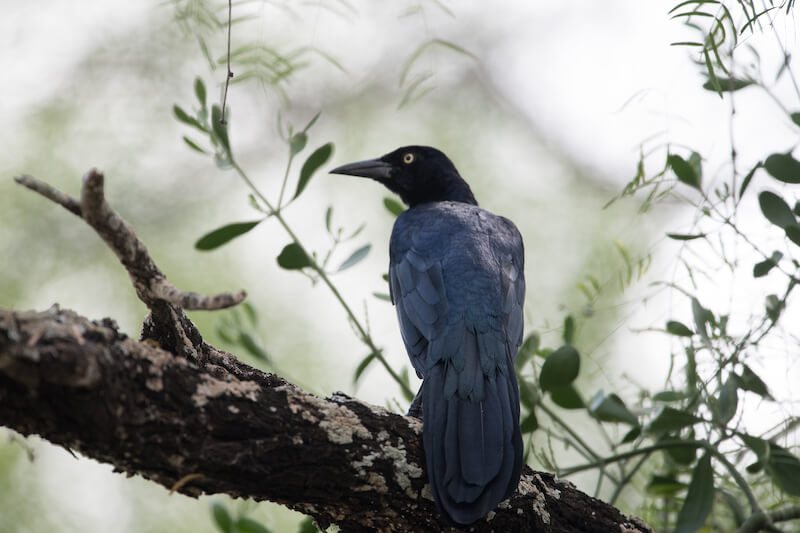
LAM_0974-2

LAM_3061
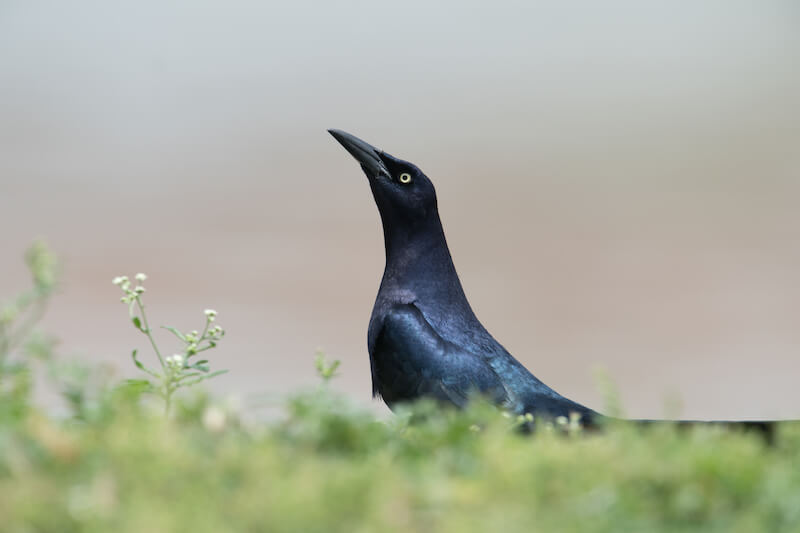
LAM_4653
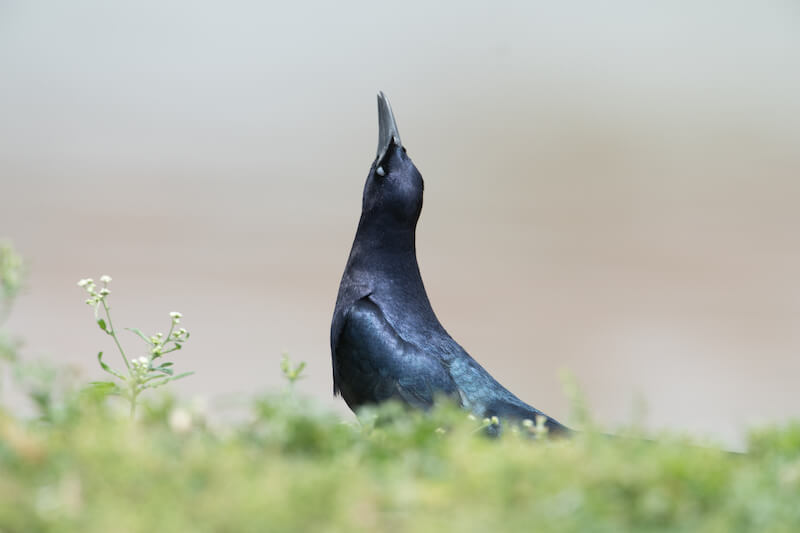
LAM_4654
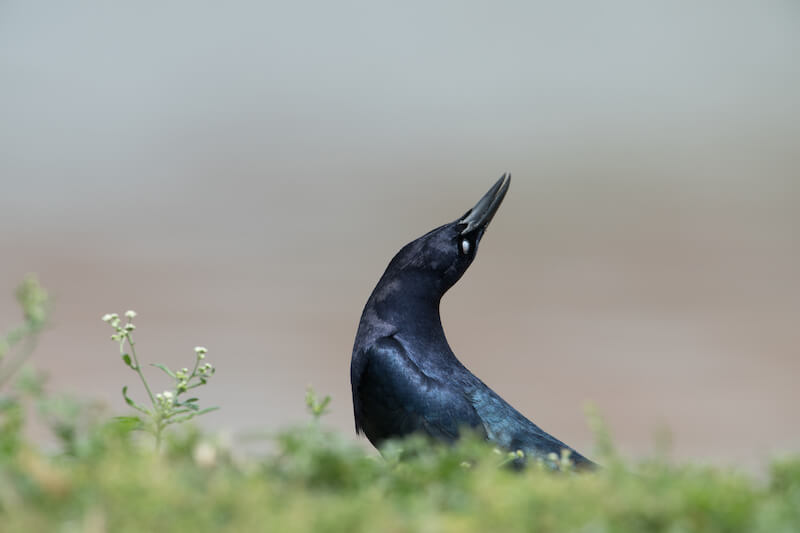
LAM_4655
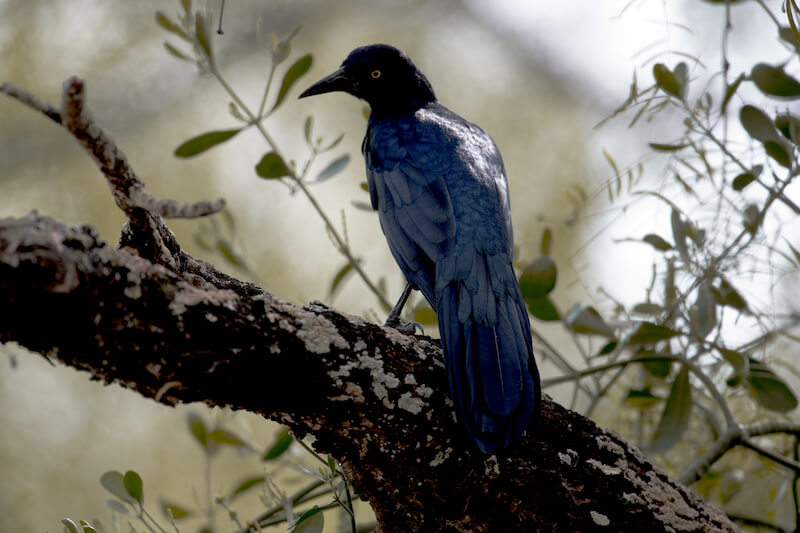
LAM-0975-2
